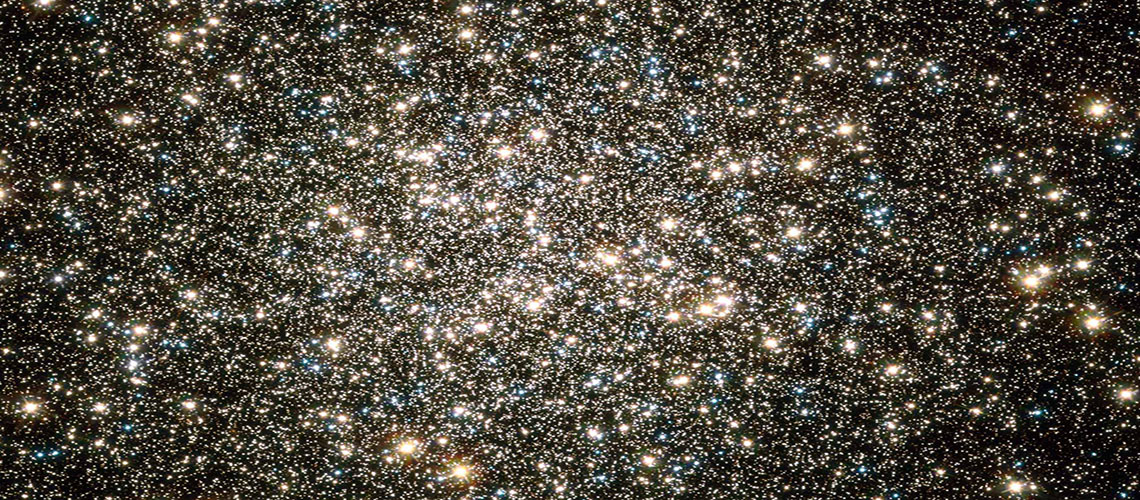Who polluted the globular clusters?
Globular clusters are very dense, spherical collections of stars with a radius of a dozen to a hundred light-years. They can contain up to a million stars and are found in all kinds of galaxies. There are about 180 of them in our galaxy. One of their great mysteries is the composition of the stars they contain. Although they were all born at the same time in the same gas cloud, the proportions of oxygen, nitrogen, sodium and aluminum, for example, vary from one star to another.
A team from the Universities of Geneva (UNIGE) and Barcelona and the Institut d’Astrophysique de Paris has found a possible explanation for this phenomenon. In 2018, the researchers had developed a theoretical model according to which supermassive stars could have “polluted” the original gas cloud during the formation of these clusters, enriching their stars with chemical elements in a heterogeneous way. “Today, thanks to the data collected by the James Webb Space Telescope, we believe we have found the first indication of the presence of these extraordinary stars,” explains Corinne Charbonnel, a professor in the Department of Astronomy at UNIGE’s Faculty of Science and lead author of the study.
These celestial monsters are 5,000 to 10,000 times more massive and five times hotter (75 million °C) at their centers than the Sun. But proving their existence is difficult. Globular clusters are between 10 and 13 billion years old, while the maximum lifetime of such superstars is two million years. “So they disappeared very early from the clusters observable today. There are only indirect traces left,” explains Mark Gieles, ICREA professor at the University of Barcelona and co-author of the study.
Thanks to the very strong infrared vision of the James Webb telescope, the co-authors have now been able to support their hypothesis. Webb captured light from one of the most distant and youngest galaxies yet known in our universe. GN-z11 is located at a distance of about 13.3 billion light years and is only a few tens of millions of years old. In astronomy, analysis of the light spectrum of cosmic objects is a key element in determining their properties. In this case, the light emitted by this galaxy provided two valuable pieces of information.
“GN-z11 was found to contain a very high fraction of nitrogen and a very high density of stars,” said Daniel Schaerer, associate professor at the Institute of Astronomy in the UNIGE Faculty of Science and co-author of the study. This suggests that several globular clusters are forming in this galaxy and that they still host an active supermassive star. “The strong presence of nitrogen can only be explained by the burning of hydrogen at extremely high temperatures that can only be reached in the core of supermassive stars, as shown by the models of Laura Ramirez-Galeano, a master’s student on our team,” Charbonnel says.
